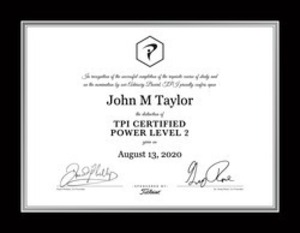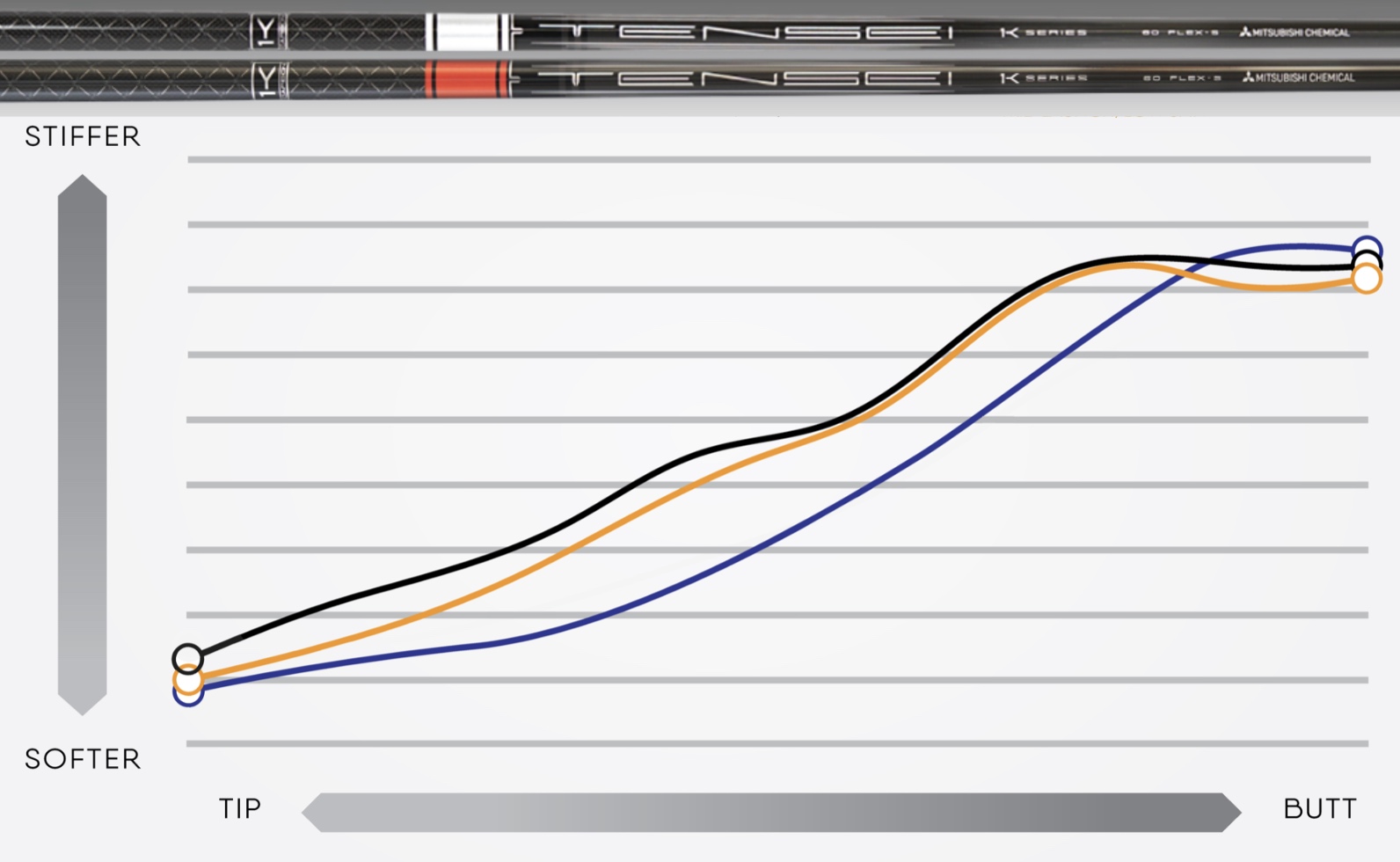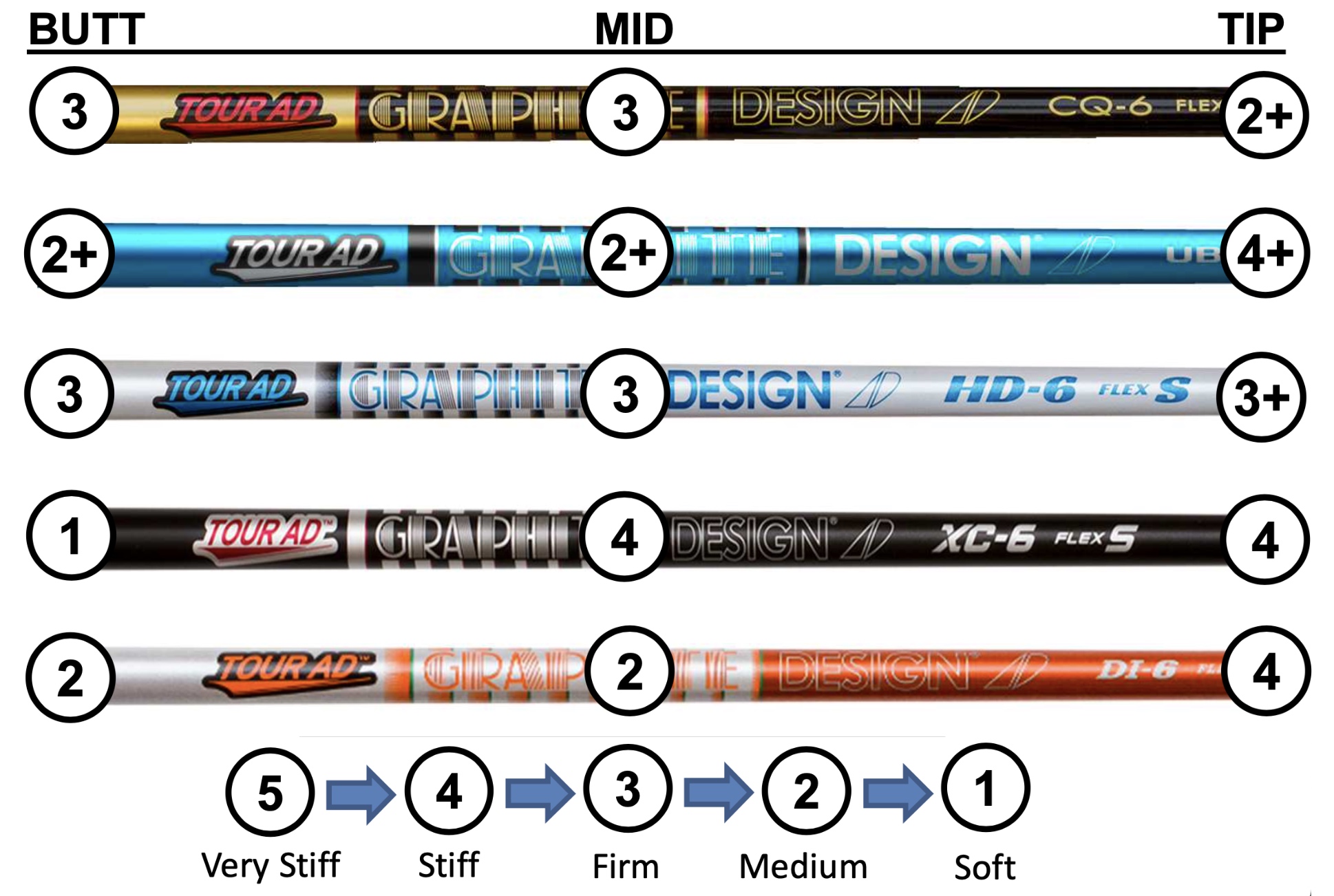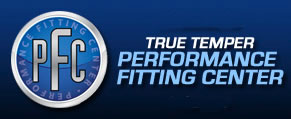Kinematics and Speed
The key to speed in the golf swing is each body segment accelerating and decelerating in a precisely timed proximal-to-distal sequence. Analysis of thousands of swings from the professional golf tours reveals the most efficient swing sequence movement pattern is pelvis, thorax, arms, and club through the swing. For maximum speed, each segment must achieve a higher peak speed at a slightly later point in the sequence than the previous segment.

Optimizing the timing between segment transitions at the “top” of the backswing and between maximum peak speeds in the downswing is essential to achieving maximum speed. Too much or too little separation in time between the segments limits the power and speed that can be generated by power transfer across joints from one segment to the next. The analysis of PGA tour pro swings gives us ranges for timing and speeds attained at each point in the swing for comparisons and understanding swing efficiency.
Energy generated by the lower body pushing against the ground gets the pelvis turning in the transition from the top of the backswing to the downswing. Isometric contraction of core muscles allows potential energy to build between pelvis and thorax.
In the transition from backswing to downswing, “X-factor” concentric stretching allows for extra force to build up, and we see it reflected in the widening of the spine angle between pelvis and thorax at the start of the downswing. The X-factor stretch contributes directly to increasing speed. The dynamic loading from stretching between two segments is indicated by the calculated area between the acceleration curves for each segment.
The rate and extent of deceleration is facilitated by lower body stability pushing against the ground, and is important in allowing the thorax to achieve its maximum speed gain. Increased rate of thorax rotational speed depends on pelvis segment stability in this part of the golfer’s proximal to distal chain.
The same considerations apply up the chain of segments and joints through the arm and the wrist. Lack of stability can often be seen in a delay in the timing of the maximum peak speed and in the rates of both acceleration and deceleration. We see it as inflections or flat sections or decreased slope in a kinematic sequence curve.





























 John Taylor
John Taylor
Reader Comments